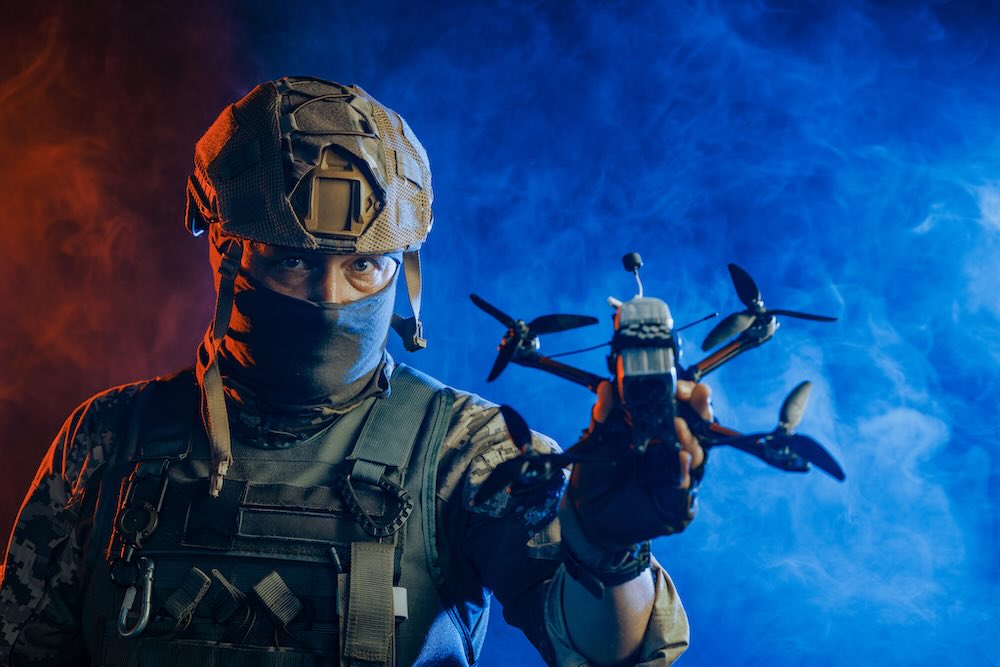


The incidents coincided with NATO Secretary-General Mark Rutte’s warning that Russia could pose a credible military threat to the Alliance within roughly five years.
In March, the European Commission tabled its White Paper for European Defence – Readiness 2030 and the accompanying ReArm Europe package. Together they aim to close capability gaps by the end of the decade, with drones and counter-drone measures listed among seven critical priorities, alongside integrated air and missile defence, artillery, ammunition and missiles, military mobility, AI/cyber/electronic warfare, and strategic enablers including infrastructure. The plan’s finance pillar, SAFE (Security Action for Europe), authorises up to €150 billion in long-maturity, low-cost loans for joint procurement. The Commission estimates the wider ReArm Europe/Readiness 2030 measures could unlock over €800 billion in additional defence spending.
The policy intent is clear; the production challenge is not. An EU Parliament brief notes that Europe must rapidly scale affordable unmanned systems, while a separate Commission-linked study places drones firmly at the centre of the readiness agenda. Europe starts from a notable industrial base — more than 40% of the world’s drone companies were located in Europe as of 2022 — but many EU militaries still field only small numbers of large, expensive systems unsuited to mass battlefield use.
Ukraine’s wartime experience is shaping Europe’s response. The Drone Coalition, co-led by Latvia and the UK since February 2024, allocated about €1.8 billion for Ukraine in 2024 and plans €2.75 billion in 2025, with procurement channels intended to stimulate European industry as well as deliver capability to Kyiv.
Several member states are moving from pledges to programmes. The Netherlands has earmarked €700 million for drones tied to Ukraine-focused procurement and co-production; the UK has increased spending to deliver 100,000 drones to Ukraine (by April 2026) under a £350 million initiative this year. Estonia’s Meridein Grupp has announced a Baltic factory targeting up to 2,000 drones per day. Poland has signalled expanded buys, and Finland is developing production with Ukrainian partners.
Cross-border industrial links are deepening. Ukrainian manufacturers are opening EU-based lines: Skyeton has launched Raybird production in Slovakia (with an additional UK joint venture), DeViRo has a Czech venture building Leleka-LRand Bulava, and UkrSpecSystems has moved capacity into Poland. These arrangements shorten logistics and align certification with EU buyers.
Europe is also beginning to test Ukrainian-style acquisition methods that favour speed and iteration. The United States, learning from Ukraine’s Brave1 Market, plans an “Amazon-like” military drone marketplace to give units direct access to vetted systems. Kyiv’s Brave1 “Test in Ukraine” scheme has already drawn about 45 foreign applications to trial drones, EW, missiles and other technologies on the battlefield, providing rapid feedback loops for designers.
On capability itself, European suppliers are co-developing systems with Ukrainian forces. German firm Helsing has committed 6,000 HX-2 AI-enabled loitering munitions (range up to 100 km), following an earlier tranche of 4,000 HF-1 drones built with Ukrainian industry. Qualification and in-theatre evaluation are under way, reflecting a wider shift to mass-producible designs and software-driven upgrades.
Benchmarks for scale remain demanding. A policy paper from Ukrainian think-tank Prism suggests Europe should aim to produce 2 million+ military-grade drones annually by 2030, with output growing by roughly 20% each year, while continuing to localise supply chains and push down unit costs. Those targets align with the White Paper’s emphasis on mass and stockpiles, and with lessons from Ukraine’s rapid ramp-up in FPV and interceptor classes.
The near-term risks — highlighted by the Lithuanian incursions and NATO’s time horizon — put a premium on execution. The financing architecture is now largely in place; the question is whether member states can translate it into fast joint procurement, diversified production lines, operator training and integration into command-and-logistics systems. Practical partnerships with Ukraine — from joint manufacturing to structured testing — offer a route to compress timelines and de-risk designs at scale. On present evidence, Europe’s drone readiness by 2030 will depend less on budgets and more on how quickly those steps are taken and institutionalised.